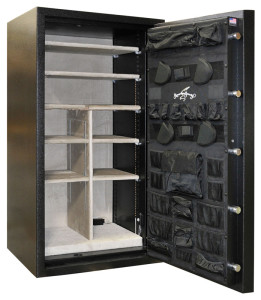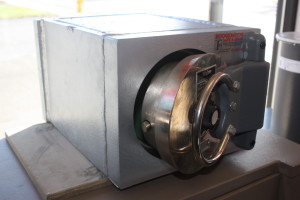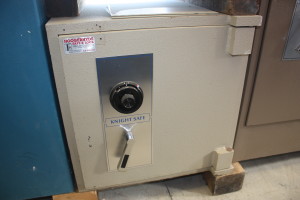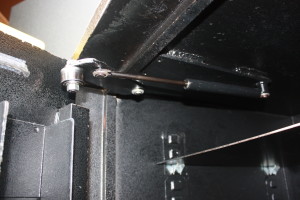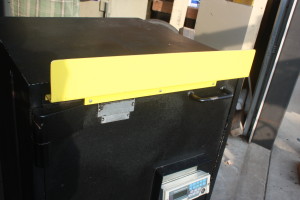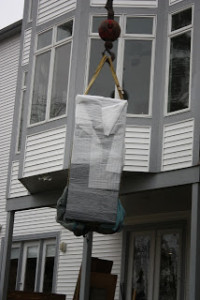Customers that do research in order to find the best gun safe on the market sometimes decide they need a “TL” rated gun safe. But while they find all kinds of units with Residential Security Container (RSC) ratings, they cannot find any TL’s.
Very few gun safes qualify to carry TL ratings. You are basically buying a jeweler quality safe with a gun rack interior. Here are the reasons most manufacturers do not offer them: While buyers like the idea of getting a high security unit, few are willing to spend $5000 to $10,000 for that security. High security gun safes do not hold as many rifles, because thicker walls leave less interior space. Few homes can accommodate the weight and dimensions of a TL rated gun safe. Most dealers don’t carry TL rated safes because they cannot move them. The majority of manufacturers use production techniques than are incapable of producing TL rated safes. The costs of U.L.’s TL certification tests are too expensive in relation to the low volume of potential sales.
That being said, if you are serious about a high security TL-rated safe, here are some options:
Amsec RF6528, TL-30, Exterior 72h x 35w x 29.5d, 3455#, 24 gun max.
Amsec RF582820X6, TL-30×6, Exterior 64h x 34w x 29.5, 3418#, 24 gun max.
Amsec RF703620x6, TL-30×6, Exterior 76h x 42w x 29.5d, 4578#, 58 gun max.
Fort Knox L Series 5520, TL-30×6, Exterior 63h x 28w x 32d, 3716#, about 20 guns.
Fort Knox L Series 6532, TL-30×6, Exterior 73h x 40w x 32d, 4512#, about 50 guns.
Fort Knox L Series 7240, TL-30×6, Exterior 78h x 44w x 32d, 5460#, about 55 guns.
“TL-30” means the unit has been tested for burglary resistance through the front. “TL-30×6” means it has been tested for burglary resistance through all six sides. These safes have legitimate two hour fire ratings. Freight and delivery are expensive on these units. Pictured is an Amsec RF6528, gun racks covered by shelf pieces. Note the door is 6″ thick.
The decision whether to purchase a high security gun safe depends on a number of factors like where you live, security systems in your home, and the value of its contents (I suggest $80,000 and up). Yes, they are expensive; but if you need the best protection a TL rated gun safe is a great investment.

